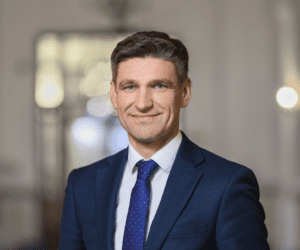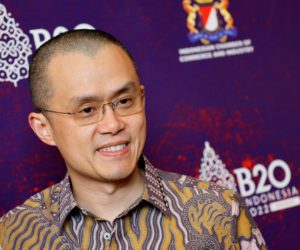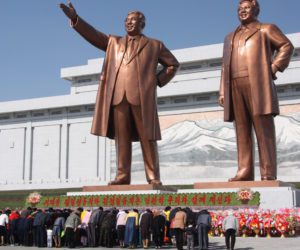By AML Intelligence Correspondent
SINGAPORE faces greater money laundering and terrorism financing risks than other countries because it is an international finance and business hub, Prime Minister Lawrence Wong today (Wednesday) told FATF delegates.
“But we are determined to do what is needed to respond to these risks and safeguard Singapore’s reputation as a trusted financial centre,” said Wong, who is also Singapore’s finance minister, at the Financial Action Task Force plenary week.
He used the conference to publish the city-state’s a national asset recovery strategy report as part of its efforts to enhance its anti-money laundering (AML) and terrorism financing framework.
“Asset recovery is one of the key priorities of our AML regime,” the home affairs ministry, the finance ministry and the central bank said in the 32-page report.
“We seek to deprive criminals of their illicit gains, thereby removing the financial incentive for laundering their monies in Singapore,” they said in the report.
“We also seek to provide recourse to victims of crime by helping them to recover property and assets lost to criminal activities,” they added.
Between January 2019 and June 2024, Singapore seized S$6 billion ($4.4 billion) linked to criminal and money laundering activities, according to the report.
Out of that amount, S$416 million has been returned to the victims, and S$1 billion has been forfeited to the state, the report said, while the large bulk of the remainder is linked to ongoing investigations or court proceedings.
Last week, Singapore highlighted in a risk assessment report that its banking sector, including wealth management, posed the highest money laundering risk in the city-state.
Singapore last year busted a $2.24 billion money laundering ring run by foreigners, with the last of 10 offenders sentenced on June 10. Those involved had held money in bank accounts in Singapore and converted some into real estate, cars, handbags and jewellery.
With its status as an international financial hub, tax-friendly regime and seen as politically stable, Singapore has long been a haven for ultra-rich foreigners.
It has seen a fresh influx of wealth since 2021 after it became one of the first Asian cities to significantly ease pandemic restrictions.
The number of family offices or one-stop firms that manage the portfolios of the wealthy in the city-state rose to around 1,400 last year from 1,100 a year earlier and around 700 at end-2021, according to government statistics.
According to today’s report launched by the PM, money laundering activities are increasingly sophisticated, involving swift movements of large sums of illicit funds across jurisdictions, and affecting a significant number of victims.
“Specific to Singapore, a sizeable proportion of the money laundering cases here are transnational in nature, involving foreign predicate offences and foreign crime syndicates which employ sophisticated and complex methods, including layering tactics and digital technologies, to conceal the cross-border movement of their illicit funds,” it says.
HIGHLIGHTS
- Asset recovery is one of the key pillars of Singapore’s AML regime. It seeks to deter the flow of illicit assets through Singapore’s financial ecosystem, while remaining welcoming to legitimate businesses. Between January 2019 and June 2024, Singapore seized S$6 billion linked to criminal and money laundering activities – of which S$416 million have been returned to victims, and S$1 billion have been forfeited to the State. The large bulk of the remainder is linked to still ongoing investigations or court proceedings.
- Successful asset recovery requires a multi-faceted approach. To this end, Singapore’s National Asset Recovery Strategy focuses on four pillars, namely to:
- Detect suspicious and criminal activities by tracing the illicit funds;
- Deprive criminals of their ill-gotten proceeds through prompt seizure and confiscation;
- Deliver maximum recovery of assets for forfeiture and restitution to victims; and
- Deter criminals from using Singapore to hide, move, or enjoy their illicit assets.
- Singapore implements these four pillars through upstream loss prevention efforts, and a whole-of-society approach. We have strengthened partnerships with our international counterparts, and community and private sector stakeholders, in asset recovery and loss prevention efforts. For instance, the Singapore Police Force’s Anti-Scam Command and the local banks sent more than 16,700 SMS alerts from March to April 2024 to warn more than 12,500 bank customers, whom the authorities had detected were in the process of being scammed. This resulted in the disruption of more than 3,000 scams and averted losses of over S$100 million.
- Singapore recognises that criminal activities and methods are constantly evolving. We are committed to continually enhancing our AML/CFT regime to prevent criminals from exploiting Singapore’s ecosystem. Where we detect any abuse by criminals, we will track them down, and take them to task, including depriving them of their ill-gotten assets. The National Asset Recovery Strategy is available for download here.











